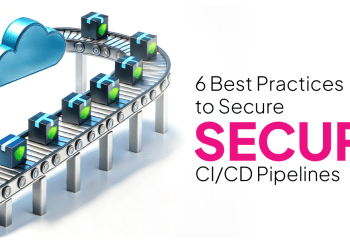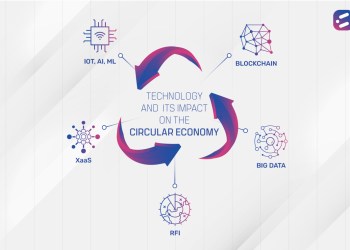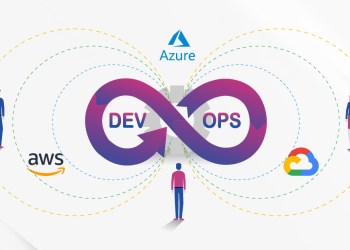More and more organizations today are beginning to see that DevOps, as an approach to software development, can change the way they innovate and deliver quality products. With teams working together and bridging the gap between development and operations, there are also the benefits of shorter delivery cycles and faster time-to-market.
However, with the growing data and cybersecurity concerns of the day, industry experts have recognized the need to embed security into the very fabric of DevOps. Traditional security techniques are becoming obsolete and, sometimes, even seen as hurdles to the speed and effectiveness expected from DevOps.
Here are a few recommended best practices that will help with this.
1. Set up governance systems
Preparing your team is the first step to incorporating security into DevOps. Start with setting up simple cybersecurity policies and transparent governance procedures aimed at improving the overall security of the DevOps environment. Then, communicate them clearly with your team and get their consensus. In this way, it becomes easy for them to develop high-quality codes that meet your requirements.
2. Inventory everything
With the ease at which cloud subscriptions can be initiated, it can become challenging to apply security policies across them all if there is no proper inventory of what resources are available and to which teams. It is also equally important to maintain a comprehensive inventory of devices, tools, and accounts so that they can be checked for compliance to your cybersecurity policies and periodically checked for threats and vulnerabilities.
3. Adopt continuous vulnerability management
Vulnerabilities need to be detected and fixed in a continuous manner. The process includes scanning and assessment of codes in development and integration environments preemptively so that they can be remedied before they are deployed to production. This process should go hand in hand with the continuous testing process where codes are checked for weaknesses and patched.
4. Regulate the use of privileged accounts
Review the rights and access provided to “privileged” users and provide the least privileges based on each user’s need. This will significantly reduce misuse of privileged access – both from internal and external attackers. Monitor activity on said privileged accounts to make sure the sessions are legitimate and compliant to regulations. Opt for a privileged access management (PAM) solution to help you with all of the above-mentioned activities.
5. Manage credentials with specialized tools
Never embed access credentials in the code or store them in files or devices, because they can be easily fished out and misused by hackers. Instead, store them separately using a password management tool or a password safe. Using such a tool will enable developers and others to request credential use from the tool, whenever required, without the need to know the credentials themselves.
6. Segment your networks
Network segmentation mitigates a hacker’s line-of-sight and prevents them from gaining access to the entire application. Even if a single segment is hacked, due to the security levels in other segments of the application, the hacker cannot gain access. By default, the setting must be such that application servers, resource servers, and other assets are grouped into logical units that do not trust one another. Deploy multi-factor authentication, adaptive access authorization, and session monitoring to enable authorized users to gain access through them.
7. Automate security processes
Deploy automated security tools to manage processes like patching and vulnerability management, code analysis, configuration management, privileged identity management, and so on. This will help you keep security on track with the speed of the DevOps process. Since DevOps itself is highly automated, not embracing automation in security can slow down the entire process.
Say ‘Hello’ to the DevSecOps Model
DevSecOps – Development, Security, and Operations – is a new and emerging software engineering practice and culture that is aimed at embedding security into the DevOps process. Every member of the cross-functional DevSecOps team has a shared responsibility towards ensuring security at every stage of the DevOps pipeline – from product design and development to delivery and operations.
Through the implementation of the aforementioned best practices and the use of dedicated systems for identity and access management (IAM), unified threat management, code review, and more, DevSecOps can be effectively used to enable efficient product releases.
At CloudNow, we are experts in DevOps and security. Benefit from our DevSecOps services today!













